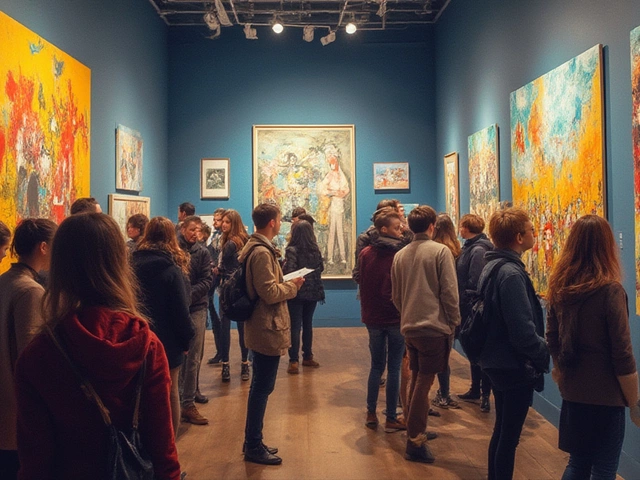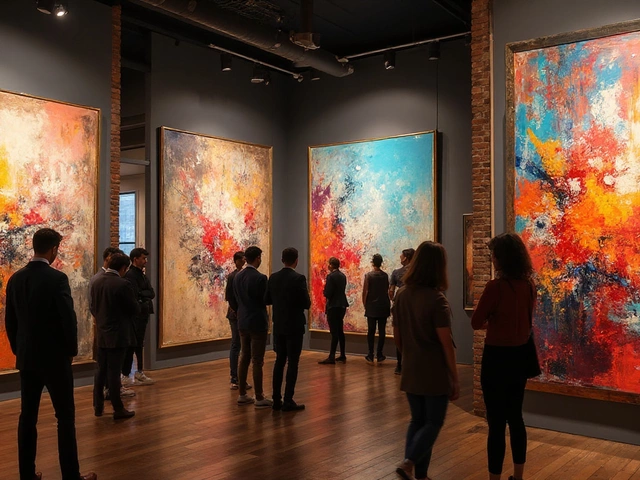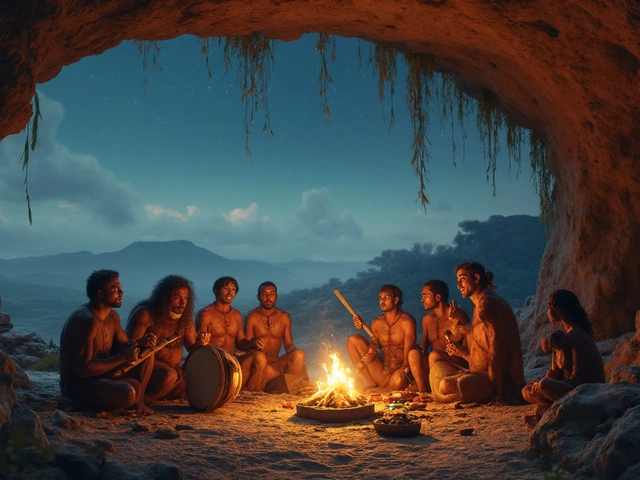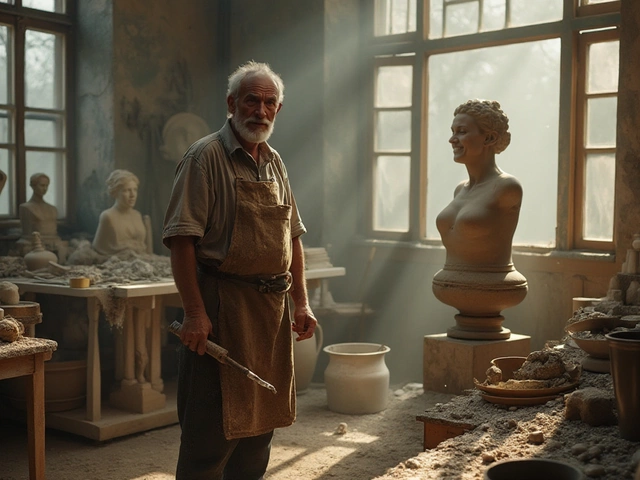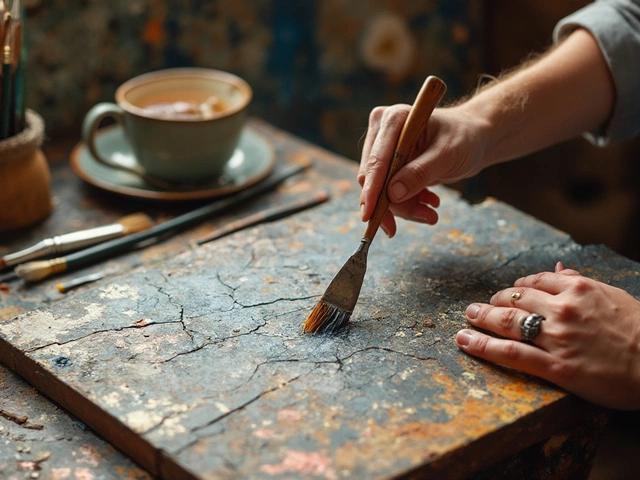Genre Blending: Exploring Mixed‑Media Creativity
When working with genre blending, the practice of mixing styles, mediums, or cultural influences to create new artistic expressions. Also known as cross‑genre art, it lets artists break traditional boundaries and reach fresh audiences.
This approach often pulls from digital art, computer‑generated imagery and interactive media that can be sold as prints, NFTs, or commissions, abstract art, non‑representational forms that focus on color, shape, and emotion rather than realistic depiction, modern art, 20th‑century movements that questioned conventions and embraced new materials, and even sculpture, three‑dimensional work that adds tactile depth and spatial play. In short, genre blending encompasses digital, abstract, modern, and sculptural elements to form something that feels both familiar and surprising.
Why Artists Turn to Genre Blending
First, genre blending encourages experimentation. Artists who mix digital techniques with abstract color theory often discover new visual languages that attract online collectors. Second, it offers practical benefits: combining a digital workflow with traditional sculpture can lower material costs while expanding a portfolio that sells across multiple platforms. Third, it keeps the art scene lively. Modern‑art principles—like breaking the “one‑style‑fits‑all” rule—fuel collaborations between painters, photographers, and 3‑D creators, which in turn sparks fresh exhibition ideas and workshop topics.
From a business perspective, genre blending opens revenue streams. A digital artist who adds printed textures or sculptural elements can price works higher, while an abstract painter who experiments with interactive media can tap into NFT markets. Meanwhile, museums and galleries increasingly look for hybrid projects that appeal to diverse audiences, meaning artists who can speak multiple visual languages are more likely to secure exhibition fees. This aligns with the recent focus on monetizing digital art, understanding abstract art rules, and mastering modern‑art concepts—topics that dominate the articles in this collection.
Beyond money, genre blending fosters community. Workshops that combine oil‑painting fundamentals with digital overlay tutorials bring together beginners and seasoned creators, sparking peer‑to‑peer learning. Online forums discuss how abstract guidelines intersect with modern‑art theory, while sculpture studios host “cross‑medium” nights where participants experiment with 3‑D printing alongside clay. These cross‑disciplinary gatherings illustrate how genre blending isn’t just a technique; it’s a cultural catalyst that drives collaboration and keeps the Pembrokeshire art scene vibrant.
Below you’ll find a curated list of articles that dive deeper into each of these areas, from practical guides on earning with digital art to explorations of abstract rules, modern‑art principles, and sculpture techniques. Whether you’re looking to experiment, monetize, or simply understand why mixing genres matters, the posts ahead will give you concrete steps and fresh perspectives.
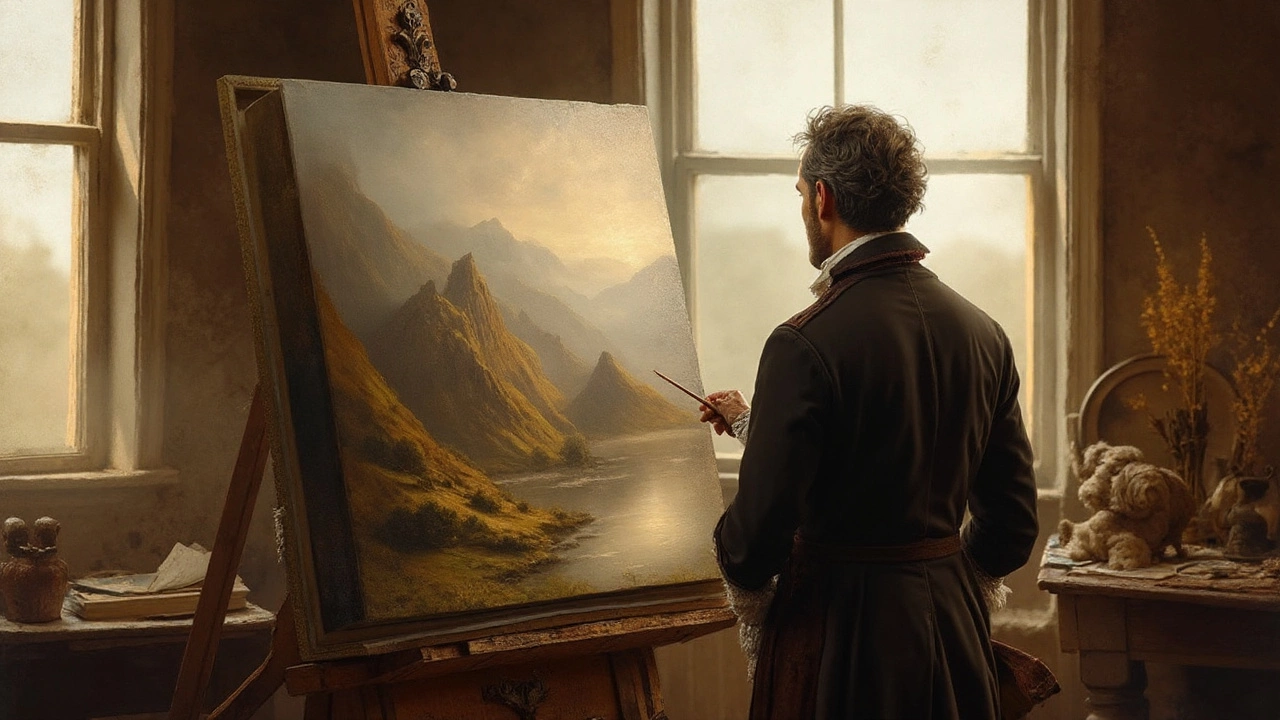
Explore why and how artists add people to landscape paintings, the history, compositional tricks, and practical tips for blending figures with scenery.
